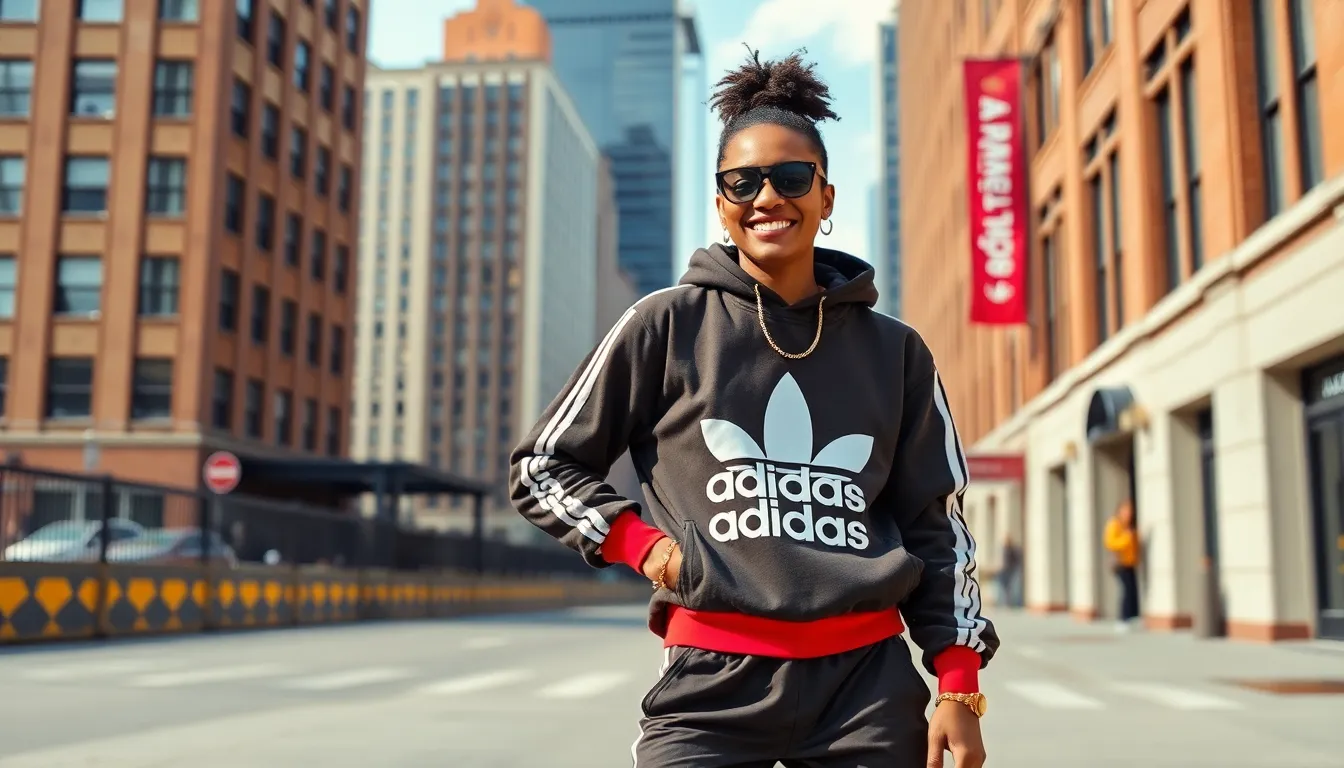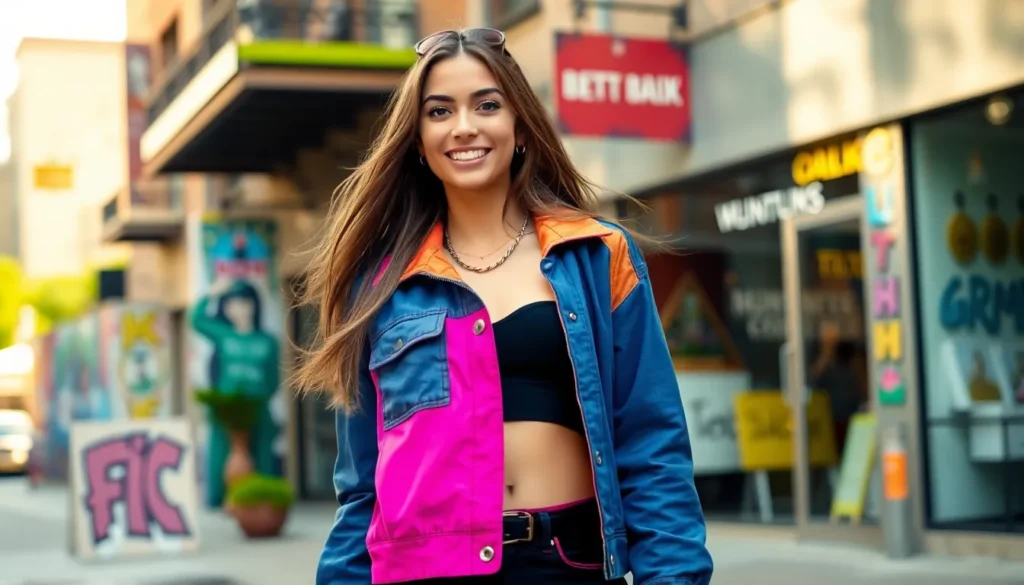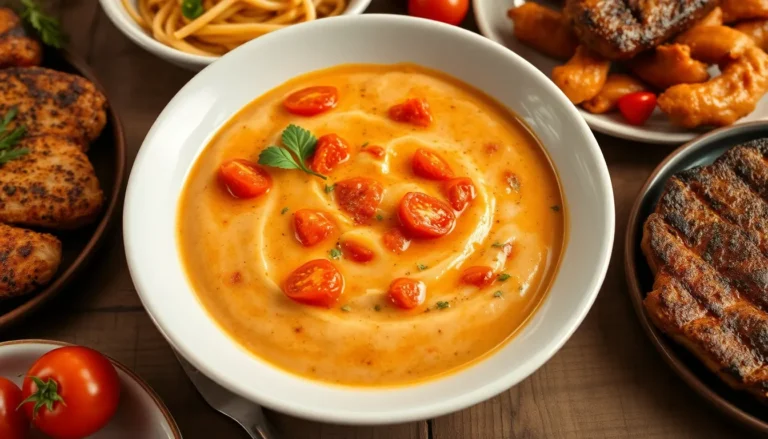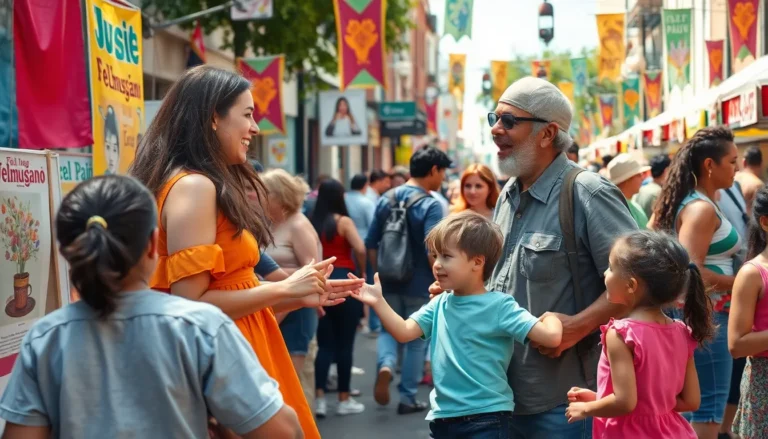Fashion collaborations have taken the industry by storm, blending creativity and innovation in ways that captivate consumers. These partnerships between designers, brands, and even celebrities create unique collections that often push the boundaries of style and accessibility. From high-end runway shows to streetwear staples, collaborations offer something fresh for every fashion enthusiast.
As brands seek to stand out in a saturated market, they’re increasingly turning to collaborations to harness the power of shared audiences. This trend not only elevates brand visibility but also sparks excitement among fans eager to see what happens when different creative visions collide. In a world where individuality and expression reign supreme, fashion collaborations are redefining how people experience and engage with style.
Table of Contents
ToggleOverview of Fashion Collaborations
Fashion collaborations involve strategic partnerships between designers, brands, and celebrities to create distinct collections. These alliances merge unique styles, fostering innovation and creativity. Collaborations often result in limited-edition pieces, increasing demand and exclusivity.
Brands engage in collaborations to enhance market presence and capture consumer interest. Notable examples include Nike’s partnerships with various designers, producing high-demand sneakers. Similarly, luxury brands like Louis Vuitton team up with contemporary artists, blending fashion with high art.
Collaborations also democratize fashion by making designer items accessible. Retailers like H&M work with luxury fashion houses, bringing runway styles to a broader audience. This approach expands consumer reach, allowing diverse demographics to connect with high-end fashion.
Overall, fashion collaborations drive trends and reshape consumer experiences, emphasizing creativity and unique self-expression in modern style.
Popular Fashion Collaborations

Fashion collaborations often spotlight creative partnerships, merging diverse aesthetics from various sectors of the industry. Notable collaborations demonstrate how different brands and designers unite to create impact.
Collaborations with High-End Brands
Collaborations with high-end brands often feature luxury designers combining their expertise with various entities to create exclusive collections. Brands like Louis Vuitton have partnered with contemporary artists such as Takashi Murakami and Jeff Koons, resulting in limited-edition pieces that embody both art and fashion. Another example involves Balenciaga and Adidas, where streetwear elements meet high-fashion silhouettes, attracting attention from a gamut of consumers. Such partnerships elevate brand visibility and cement their status in both the luxury market and mainstream conversations.
Collaborations with Streetwear Brands
Collaborations with streetwear brands focus on blending casual aesthetics with high-fashion elements, appealing to younger demographics. Nike regularly partners with streetwear brand Off-White, founded by Virgil Abloh, launching coveted sneaker collections that fuse practicality with avant-garde designs. Similarly, Supreme, known for its bold graphics, teams up with luxury brands like The North Face to deliver unique clothing and accessory lines that resonate with fashion enthusiasts. These collaborations often lead to rapid sell-outs, showcasing the power of merging distinct styles to create buzz and drive consumer interest.
Impact of Fashion Collaborations on the Industry
Fashion collaborations significantly shape industry dynamics, influencing consumer preferences and enhancing brand reputations. These partnerships not only create innovative products but also alter the way brands connect with their audience.
Influence on Consumer Trends
Collaborations between brands and designers often redefine consumer trends. Unique product offerings attract attention, reflecting consumers’ desires for freshness and exclusivity. Brands like Adidas, through collaborations with celebrities like Beyoncé and Kanye West, tap into distinct market segments, boosting sales and brand loyalty. Trendsetter partnerships, such as those between luxury brands and streetwear labels, cultivate more casual styles that resonate with younger demographics. Consumers increasingly seek limited-edition items that showcase originality, driving demand in both high fashion and accessible markets.
Boosting Brand Visibility
Collaborations elevate brand visibility, creating buzz in crowded marketplaces. High-profile alliances generate excitement and media coverage, heightening awareness among diverse consumer groups. For instance, when Balenciaga collaborated with Fortnite, it reached a broader audience, integrating fashion with gaming culture. This fusion captures attention across different platforms, engaging both fashion enthusiasts and gamers. By merging distinct brand identities, collaborations increase exposure and amplify marketing efforts, making brands more recognizable and relevant in the evolving fashion landscape.
Notable Success Stories
Fashion collaborations frequently lead to groundbreaking results, showcasing partnerships that resonate with consumers. Here are some notable success stories in the realm of fashion.
Case Study: Adidas x Yeezy
Adidas and Kanye West’s Yeezy line revolutionized sneaker culture. Launched in 2015, Yeezy quickly became synonymous with high demand and limited availability, creating a buzz that drove sales. The collaboration produced unique designs and a distinctive aesthetic that combined streetwear with luxury. The Yeezy Boost model consistently ranks among the top-selling sneakers worldwide, with sell-out rates reaching 100% on launch days. This partnership not only bolstered Adidas’s position in the sneaker market but also solidified Kanye West’s influence in fashion.
Case Study: H&M x Designer Collaborations
H&M’s collaborations with prestigious designers democratize high fashion, offering accessible luxury. The brand has partnered with numerous high-profile names, including Karl Lagerfeld, Alexander Wang, and Balmain. These collaborations introduce runway pieces to a wider audience, often selling out within hours. For instance, the H&M x Balmain collection drew significant media attention, with fans lining up outside stores. This strategy enhances H&M’s brand image while providing consumers with exclusive items at affordable prices, fostering a sense of excitement and urgency around each release.
Fashion collaborations are more than just trends; they’re a powerful force reshaping the industry landscape. By merging creativity with market demands, these partnerships introduce innovative styles that resonate with diverse audiences. As brands continue to explore unique collaborations, they not only enhance their visibility but also redefine consumer experiences.
The impact of these alliances is evident in the way they democratize fashion, making high-end designs accessible to the masses. As the industry evolves, it’s clear that collaborations will play a crucial role in driving future trends and consumer engagement. Embracing this dynamic approach will keep brands relevant and consumers inspired in an ever-changing fashion world.




